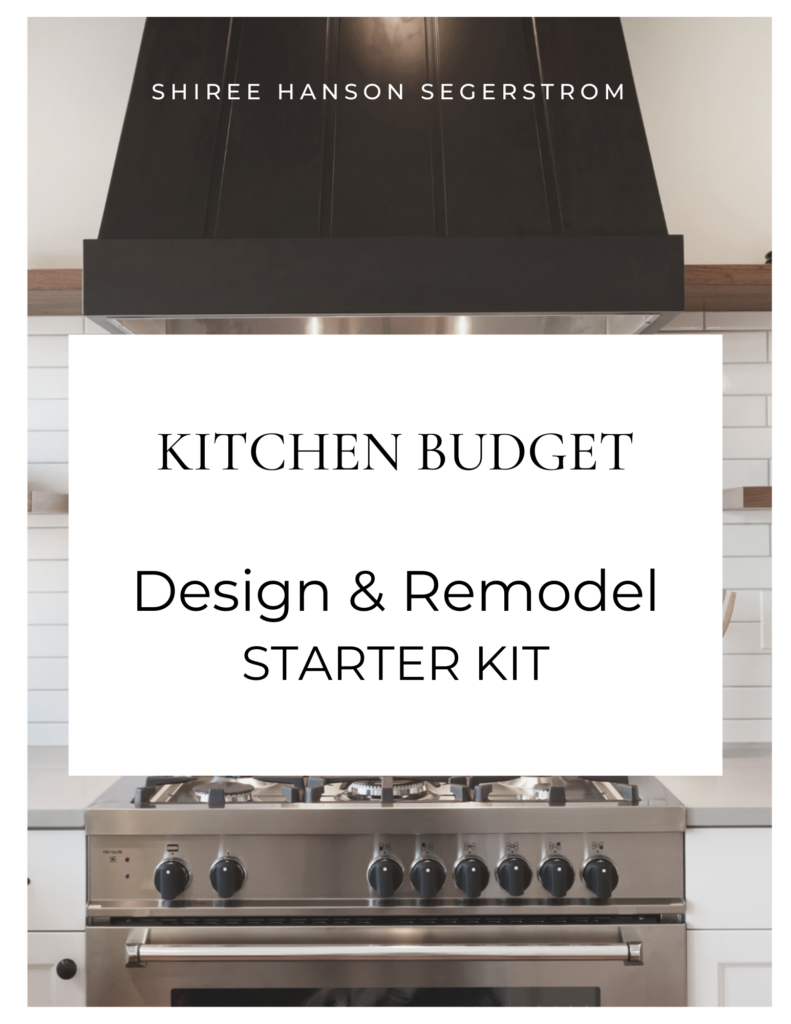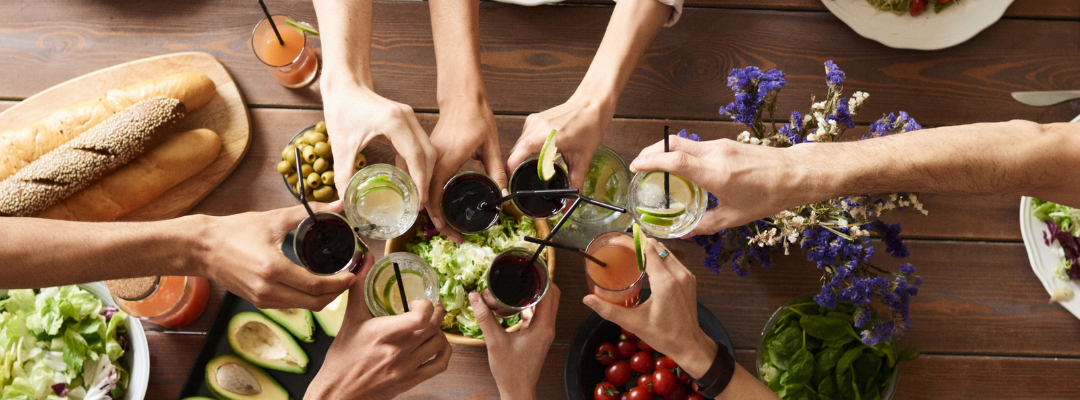How do professional chefs manage to cook multiple dishes at a time, without making a mess or losing track of their ingredients? How do they keep their kitchens clean, organized, and efficient under pressure? Today, I’ll show you 7 steps to organize your kitchen like a chef, so you can cook with ease and enjoy your time in the kitchen!

Everything in its Place
The first and most important rule of kitchen organization is “mise en place”, which means “everything in its place” in French. This means that before you start cooking, you should have all your ingredients measured, chopped, and ready to go, as well as all your tools and equipment within reach.
This will save you time, energy, and stress, as you won’t have to scramble around looking for something or run to the store for a missing ingredient. It will also help you avoid clutter and spills, as you’ll only use what you need and put everything back where it belongs.
Create Specific Zones
Another way to organize your kitchen like a chef is to create specific zones for different types of work. For example, you can have a prep zone, where you keep your cutting boards, knives, bowls, and measuring cups; a cooking zone, where you have your stove, oven, pots, pans, and utensils; a plating zone, where you have your plates, spoons, tweezers, and garnishes; and a cleaning zone, where you have your sink, dishwasher, trash can, and towels.
By grouping together the items that you use for each task, you’ll make it easier to find what you need and keep your workflow smooth.
Focus on the Space Around Your Oven
One of the most important areas of your kitchen is the space around your oven. This is where you’ll do most of your cooking, so you want to make sure it’s well-organized and functional.
Some tips to optimize this space are:
- Keep your pots and pans within easy reach of your stove, either on a rack above it or in a cabinet below it.
- Store your cooking oils and spices near your stove, but not too close that they get overheated or lose their flavor.
- Have a spoon rest or a small bowl handy to place your stirring spoons or ladles when not in use.
- Keep a timer or a clock nearby to monitor your cooking time (I love using my Echo Dot for timing and reminders).
- Have an oven mitt or a potholder ready to grab when you need to handle hot dishes.
Consider Where You Store Your Spices
Spices are essential for adding flavor and aroma to your food, but they can also lose their potency if not stored properly. To keep your spices fresh and fragrant, consider these factors:
- Light: Exposure to light can fade the color and reduce the flavor of your spices. Store them in a dark place or in opaque containers.
- Heat: High temperatures can make your spices go stale or rancid. Keep them away from heat sources such as stoves or ovens.
- Humidity: Moisture can cause your spices to clump or mold. Keep them in a dry place or in airtight containers.
- Space: Don’t overcrowd your spice rack or cabinet. Leave some space between each container for air circulation.
Prioritize Visibility and Accessibility
One of the keys to organizing your kitchen like a chef is to make sure that everything is visible and accessible. You don’t want to waste time digging through drawers or cabinets looking for something that you need. You also don’t want to forget about something that you have because it’s hidden behind something else. To improve the visibility and accessibility of your kitchen items, try these tips:
- Use clear containers or labels for storing your dry goods, such as flour, sugar, pasta, rice, etc.
- Use lazy Susan’s or turntables for storing items that are hard to reach or see in the back of cabinets or shelves.
- Use drawer dividers or organizers for storing items that are small or similar in size or shape, such as utensils, knives, measuring spoons, etc.
- Use hooks or racks for hanging items that are bulky or frequently used, such as pots, pans, mugs, towels, etc.
Make the Most of Your Drawer Space
Drawers are great for storing items that are flat or stackable, such as cutting boards, baking sheets, trays, etc. However, if you don’t organize your drawers well, they can become messy and chaotic. To make the most of your drawer space, follow these tips:
- Use the largest drawers for the largest items, and the smallest drawers for the smallest items.
- Arrange your items vertically or horizontally, depending on their shape and size.
- Use separators or dividers to create sections or compartments for different types of items.
- Keep your drawers clean and tidy by wiping them regularly and removing any crumbs or spills.
Don’t Decant
Decanting is the process of transferring food items from their original packaging to different containers, such as glass jars, plastic bins, or metal canisters.
Some people like to decant their food items because it makes them look more uniform and aesthetically pleasing. However, decanting is not always necessary or beneficial. In fact, some food items are better off in their original packaging, because it protects them from light, air, moisture, or pests.
For example, coffee beans are best stored in their original bags or in opaque containers with airtight lids. Nuts and seeds are best stored in their original bags or in resealable bags in the fridge or freezer. Cereal and crackers are best stored in their original boxes or in plastic containers with tight-fitting lids.
Before you decide to decant your food items, consider these factors:
- The shelf life of the item: How long will it last before it goes bad or stale?
- The storage conditions of the item: How sensitive is it to light, heat, humidity, or insects?
- The convenience of the item: How easy is it to open and close the container? How easy is it to measure or scoop out the item?
- The cost of the item: How expensive is it to buy new containers? How much space will they take up in your kitchen?
Free Workbook Download
Deciding the Size, Scale and Budget of Your Kitchen Project
If a kitchen remodel is in your future, start preparing early with my Kitchen Budget Design and Remodel Starter Kit to help you manage your remodeling budget with clarity and confidence.
Simple, effective budgeting formulas for your kitchen remodel or makeover. In this complimentary download, you’ll get:
Grab the Kitchen Budget Starter Kit here.
Thank you for dropping by Joy of Nesting.
Shiree’ xo
PS – Don’t forget to check out my other kitchen articles like the 30-Day Game Plan for Your Next Kitchen Remodel too!

